The Ins and Outs of Sale-Leasebacks
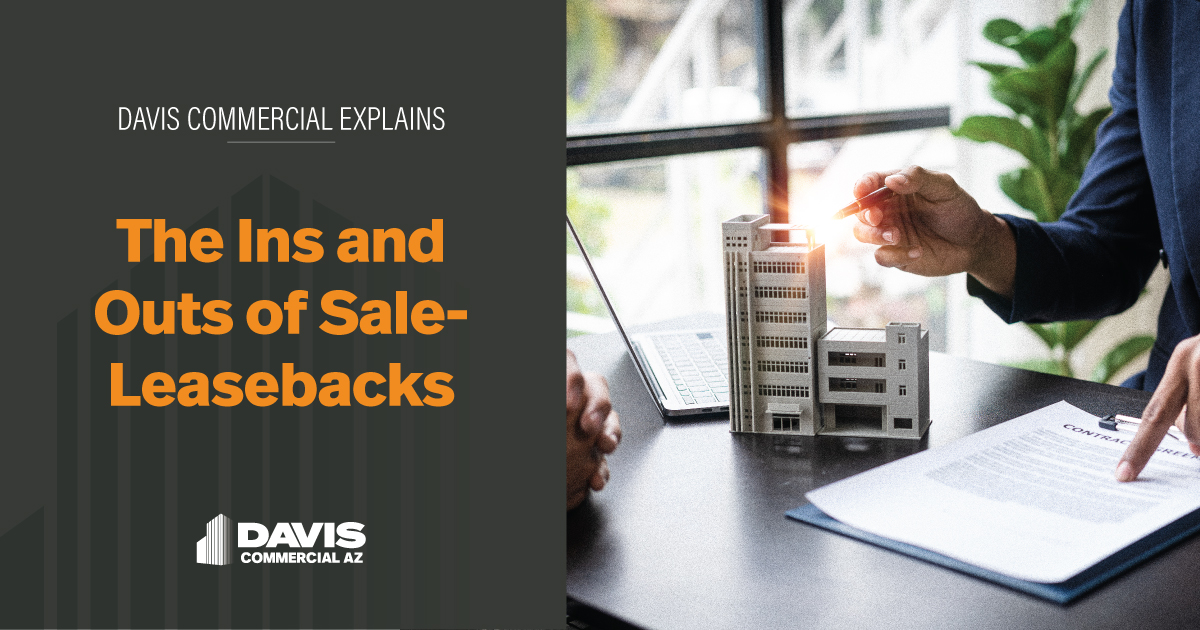
Sale-leasebacks are a common practice in the world of commercial real estate. They are a worthwhile business opportunity for sellers as the arrangement allows the seller to benefit by continuing to use the asset while unlocking its capital. Let’s break down how a leaseback works and why it is a favorable investment for the buyer as well.
What is sale-leaseback?
In a sale-leaseback, when the owner of a property or building is selling the asset, the seller negotiates to lease the asset back from the buyer as part of the sales agreement. The seller (previous owner), in turn becomes the lessee, and the buyer (new owner) becomes the lessor.
What are the benefits to the lessee?
CRE investors like leasebacks because they provide predictable long-term income and are a relatively safe investment. What some commercial property owners may not realize, is that sale-leasebacks also provide multiple benefits to the lessee. Here are a few of the key benefits the seller, as the lessee, can incur:
- An immediate cash infusion from the sale: the access to capital can be used to pay outstanding debts or as an investment into business expansion.
- Tax incentives: lease payments can be fully deductible as a business expense.
- Sustained use of the asset: despite the sale of the asset, business operations (and location) remain status quo through the continued use agreement.
A leaseback is especially attractive to capital-intensive industries such as retail, manufacturing and logistics. With the rise in interest rates, leasebacks are even more attractive as businesses are seeking alternatives to traditional financing.
What are the benefits to the lessor?
Apart from having a built-in tenant, most sale leasebacks are structured as triple net leases (NNN), meaning the tenant is financially responsible for:
- Net property taxes: Paying real estate taxes on the property, including any increases during the lease term.
- Net insurance: Maintaining and paying for property insurance, typically general liability and casualty coverage (as a minimum).
- Net maintenance: Responsible for all repairs to the property, including HVAC, plumbing and electrical, landscaping and parking.
While the lessee takes on some risk here, NNN leases are commonplace and provide a stable income stream for the lessor. The buyer can also depreciate the asset and claim tax deductions.
In the current market environment, sale-leasebacks are increasingly seen as risk-aversion strategies for both buyers and sellers. They are a mainstay strategy in CRE investments, but the key is structuring the terms of the lease in a way that benefits both parties, particularly over the long term.
Buyer beware
There are some instances when a leaseback may not be the right choice and should be given consideration before entering a sale-leaseback transaction:
- The asset has significant appreciation potential
- The seller’s creditworthiness is questionable
- The business wants long-term control over the asset with flexibility
If in doubt about whether a sale leaseback is the right move, get in touch with a trusted commercial brokerage to help answer any questions and to request for a genuine assessment of the asset before buying or selling.
At Davis Commercial AZ, our team of CRE experts can provide the information necessary to make the best business decision. We take the guesswork out of the equation through research and analysis, while giving our clients the peace of mind needed to strategically move forward. Get in touch here to learn more about our team and our services.
Related Posts
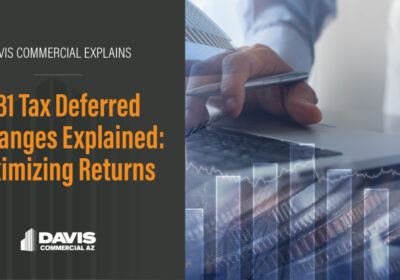
1031 Tax Deferred Exchanges Explained: Maximizing Returns
As businesses grow and operations evolve, so do their property needs. The need for new…
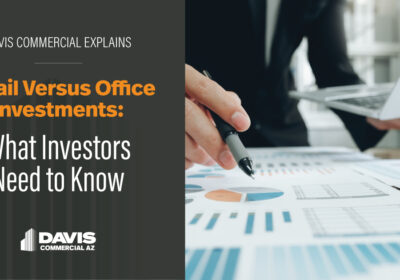
Retail Versus Office Investments: What Investors Need to Know
Not all commercial real estate properties are created equal. Whether you’re eyeing a retail center…
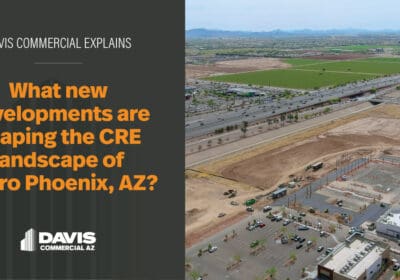
What new developments are shaping the CRE landscape of Metro Phoenix, AZ?
Metro Phoenix consists of more than 20 municipalities and continues to rank among the fastest-growing…
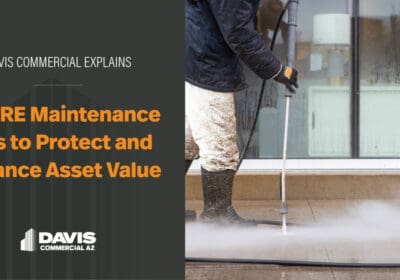
10 CRE Maintenance Tips to Protect and Enhance Asset Value
Protecting the value of a property in commercial real estate (CRE) is crucial, especially for…
